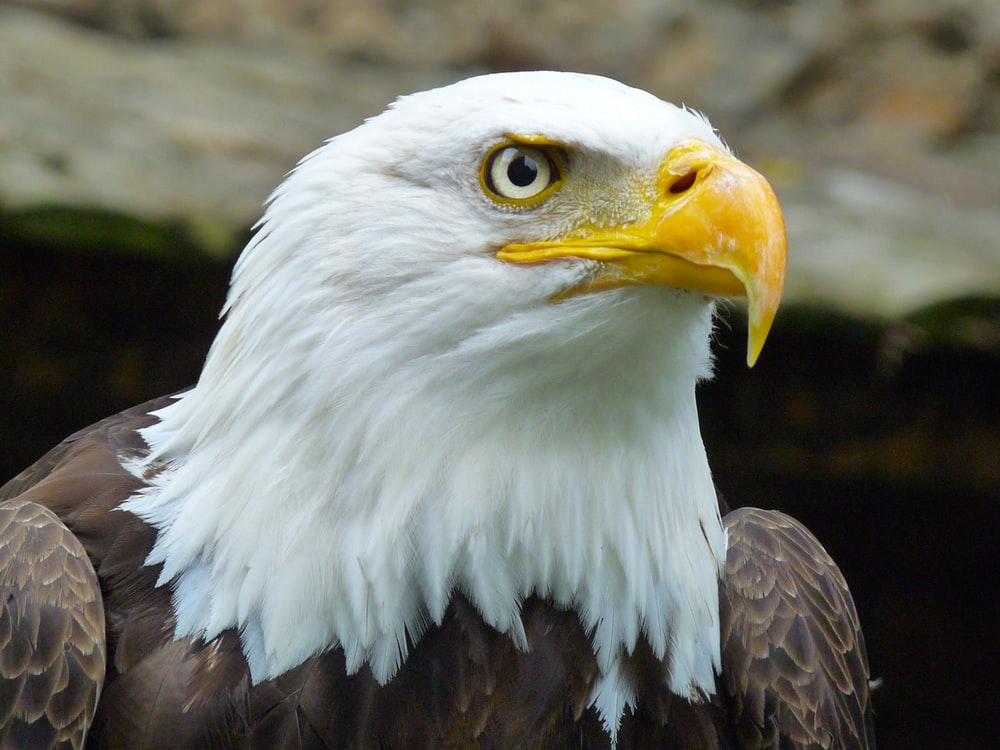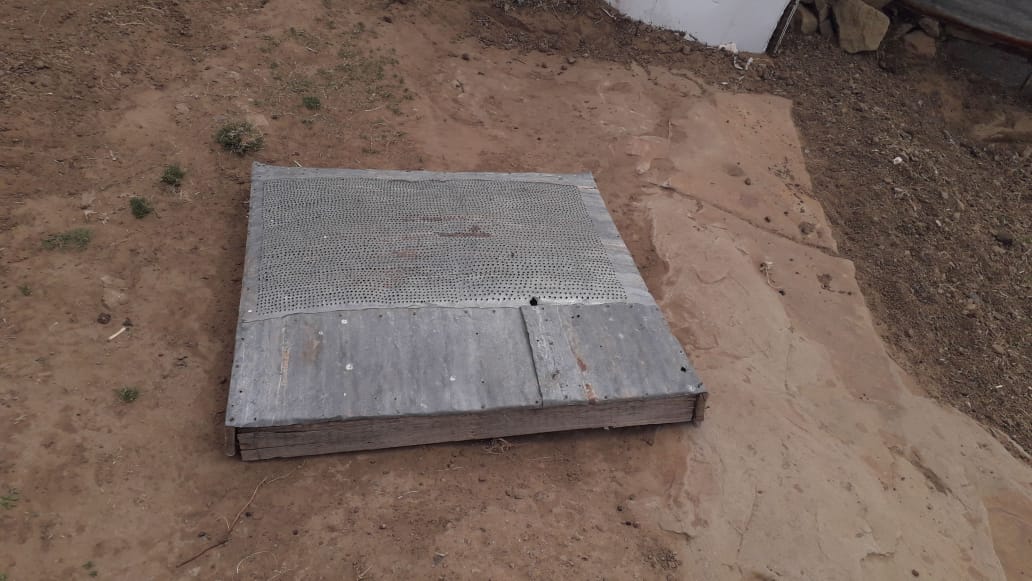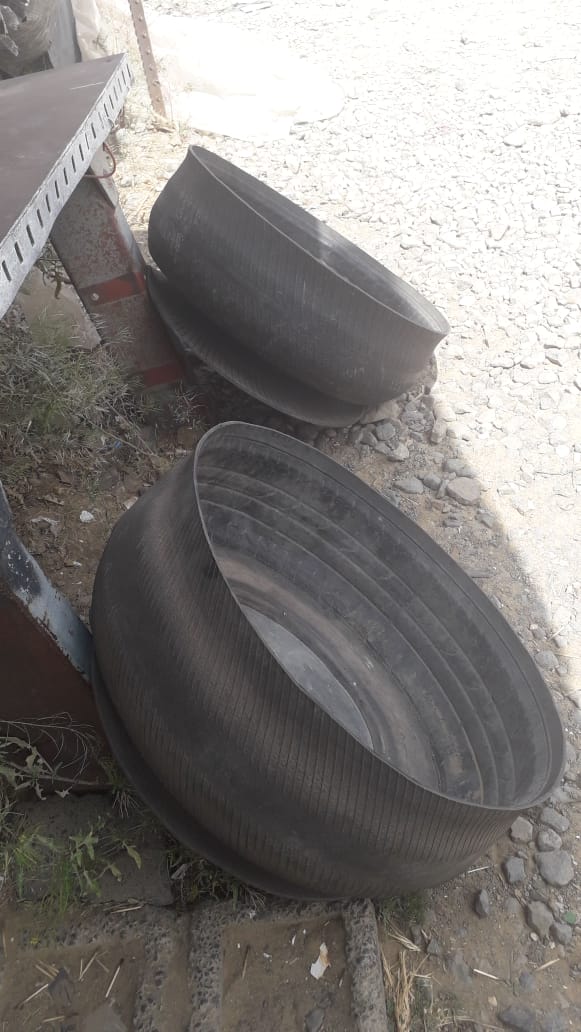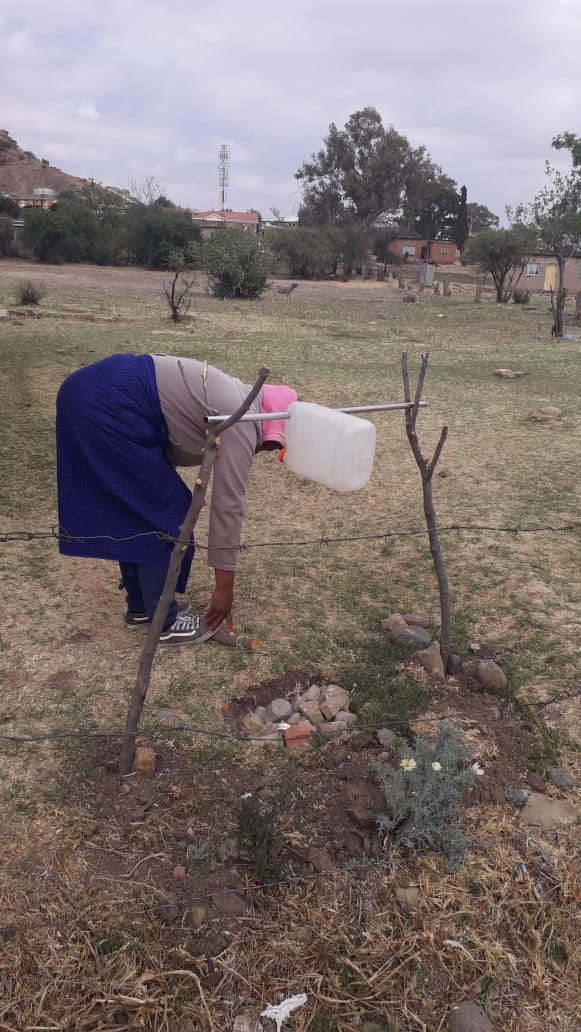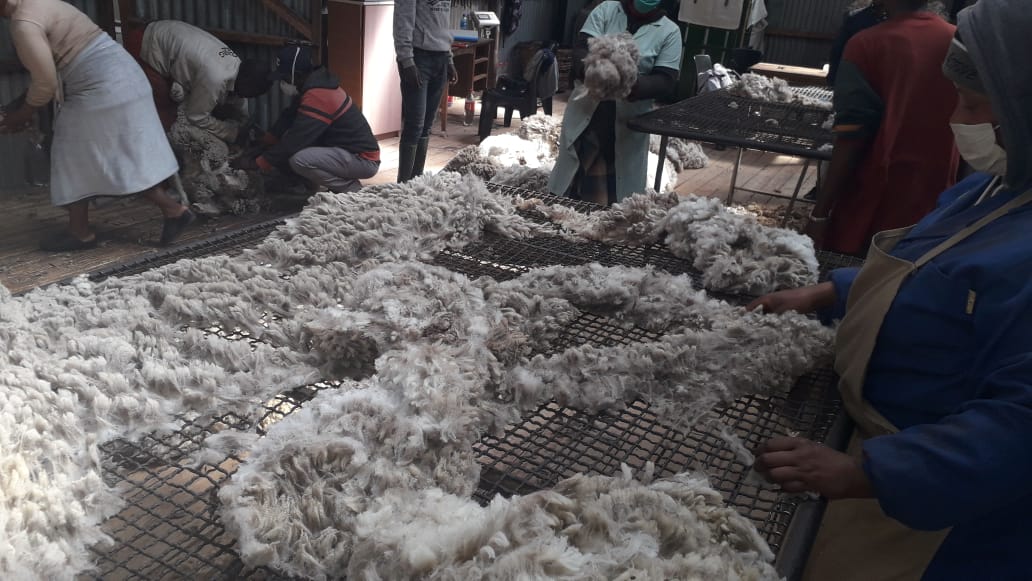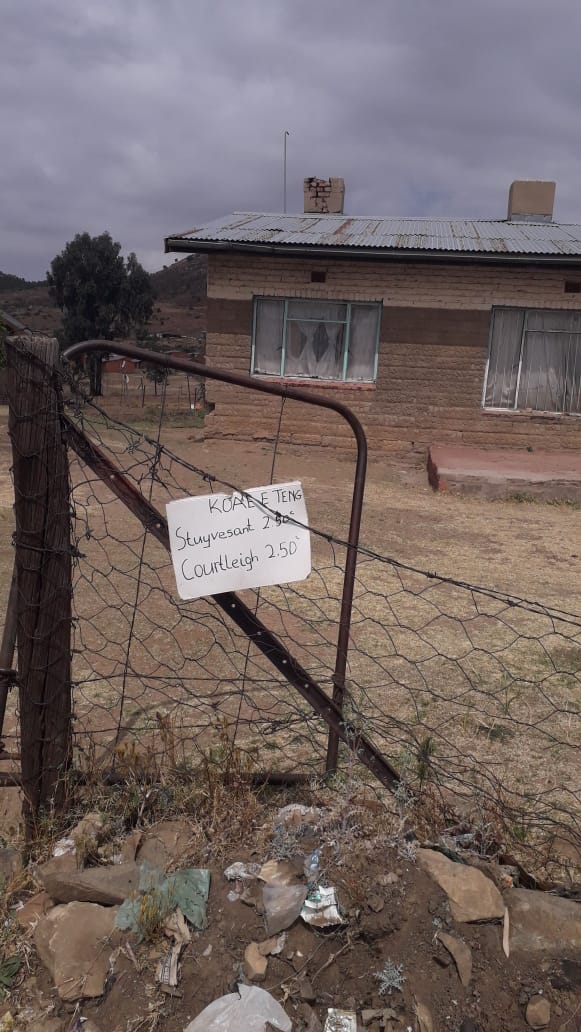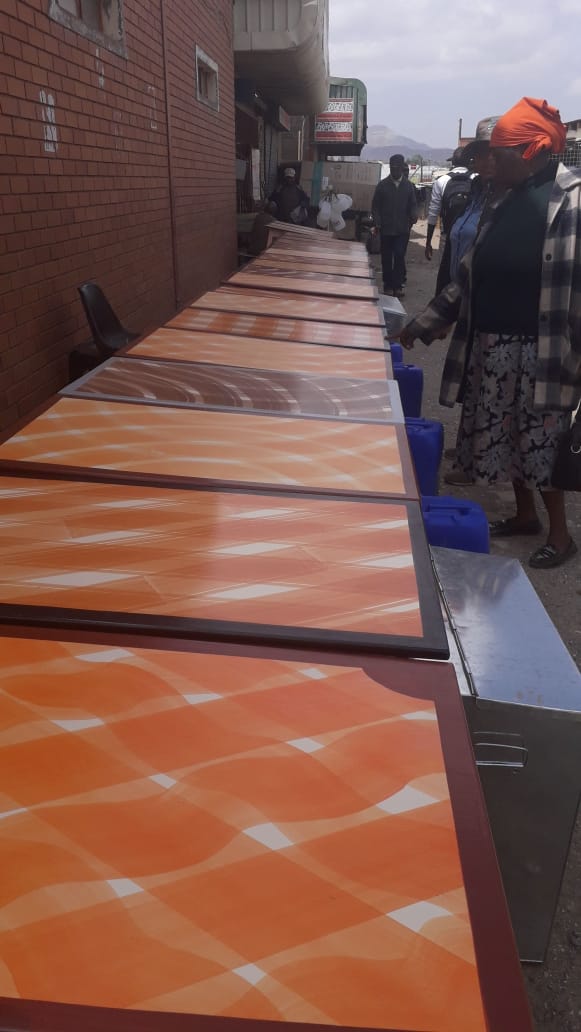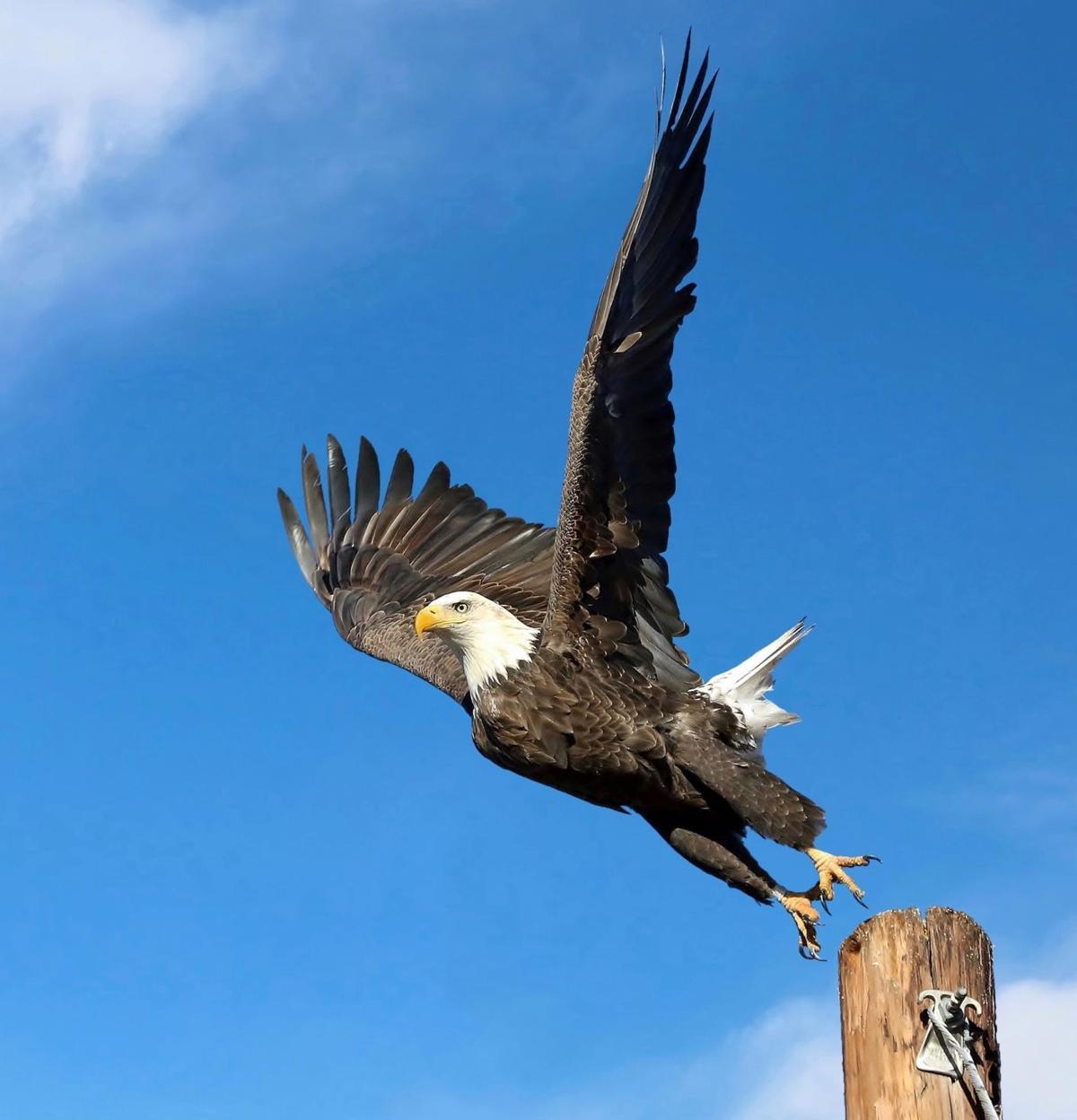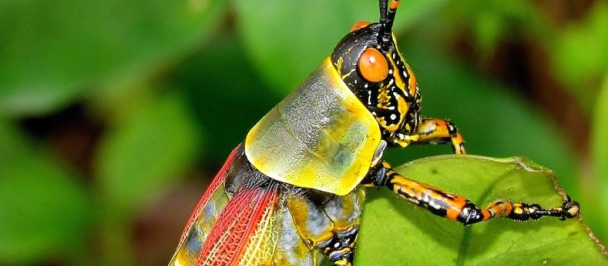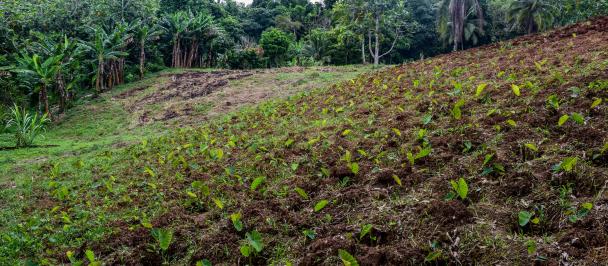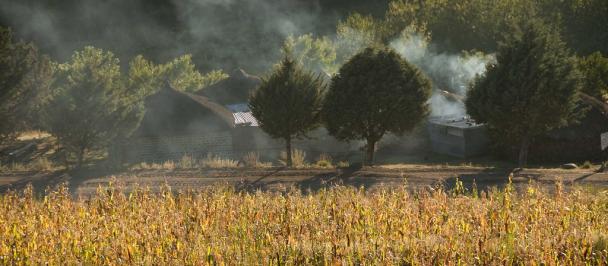Eagles can see five basic colours in contrast to the three by humans, and can detect UV light. [1] In this context, the eagle’s disability may be caused by escapades during its hunting quests leading to loss of an eye. It could be intriguing to know whether the ability to hunt and observe potential prey could somehow be blocked by this disability; thereby affecting the capacity to think beyond normal, and ability to want more.
The Lesotho Accelerator team visited Mafeteng district for a general solution safari, to observe and understand innovations and livelihood patterns at community level. The selection of the district was based on its notoriety on account of community conflicts and crime, and the first experiment for the Lesotho Accelerator has been identified to tackle this governance and peace building issue. It is assumed that innovation parameters are defined by a purported elasticity to think beyond enough. For Mafeteng`s solutions Safari, the question was whether despite the socio-economic profile of the district, communities have creative solutions for life’s challenges, especially those that are posed by community conflicts and crime.
[1] https://onekindplanet.org/animal/eagle/
The Safari
When in Kruger National Park, one does not know what to expect at what time, what to see at which point and how some of the animals look like in a live state. Meeting a Giraffe unexpectedly, the roar of a Lion from an unseen location and the annoying Chimpanzee noising around on the trees nearby, turns this into a thrilling experience. This is The Safari. Was this the case in Mafeteng? The answer is negative. The innovations` search was very dry (only a few innovations observed) with a few isolated and simple apparatuses that could not be classified as outstanding.
Exploring Solutions
1. Sand sieve
The picture is a sieve used to filter soil and pesticides to prepare for planting tree seedlings. The owner re-used material already available in his backyard for a low cost planter and nursery. These were a few offcuts from a wooden plank and old roof tins, with holes poked on the surface.
2. Feeding trough
This is a basin used for domestic animal feeding. It is made from a worn car tyre closed with a metal sheet at the bottom to spillage.
3. Hygiene practice in rural communities
This water dispenser is made from a recycled 5-liter container (dispensing water though pulling a string) used to wash hands, especially after a visit to the VIP toilet or gardening. It is estimated that this can be used up to 20 times or refilled in two days.
Economic outlook
There are a number of common economic activities for daily subsistence that do not necessarily fall in the eye of an innovator. Below are some of the examples captured during the safari.
1. Wool and mohair
The pictures show a Mosotho farmer shearing a sheep at the wool shed. Wool and mohair is one of the most lucrative sources of livelihood for livestock farmers in Lesotho. It is estimated that the country received revenues from exports of wool estimated at M195m while mohair generated M57m in 2014/2015[1]. Shearing is done by a shearing scissors, and sorting and classification of raw wool and mohair is also done manually by shed employees and farmers.
[1]https://www.africanindy.com/business/cashing-in-on-wool-and-mohair-exports-5681421
2. Subsistence and convenience trading
House shops are common in the area as well. The owner here can collect revenue estimated at M400.00 per month from sales of cigarettes and other small convenience items. The small sign is an advertising board to lure customers to the shop.
3. Remaking of water tables
‘Water tables’ as commonly known among Basotho, are a kitchen staple for working tops and to store kitchen utensils. These would be covered in the most colorful tablecloths to protect the wood and for decoration. In this picture, the carpenter showed a great deal of creativity by replacing the tablecloth with paintings.
Rescuing the Eagle
The above are few examples of activities meant for revenue generation and daily subsistence as observed in this Safari. However, one would wonder whether this is enough for economic sustainability. For the Mafeteng community, the main objective is to ‘live’, however, there are a few alternatives on how to make a living. In his blog, The Nature of Cities: 2013, Bob Sallinger argues that it is important for the city to be ‘prepared for the future’. Some of the communities are almost condemned to the situation they find themselves in. “The one-eyed eagle that finds its way into captivity should be put out of its misery or relegated to life in a zoo. To release such a bird is to condemn it to a slow death by starvation.” There are few business enterprises, limited agricultural activities, with plains lying fallow and only the hot sun pelting the little green live seen in the backyards and gardens. Like most parts of Lesotho, Mafeteng depends heavily on imports from South Africa, and has an ugly history of community crimes and conflicts. Will innovative interventions or technology change peoples` mindset and rescue this eagle? Would any type of rescue be replicated in other parts of Mafeteng and/or Lesotho that experience similar challenges?

 Locations
Locations